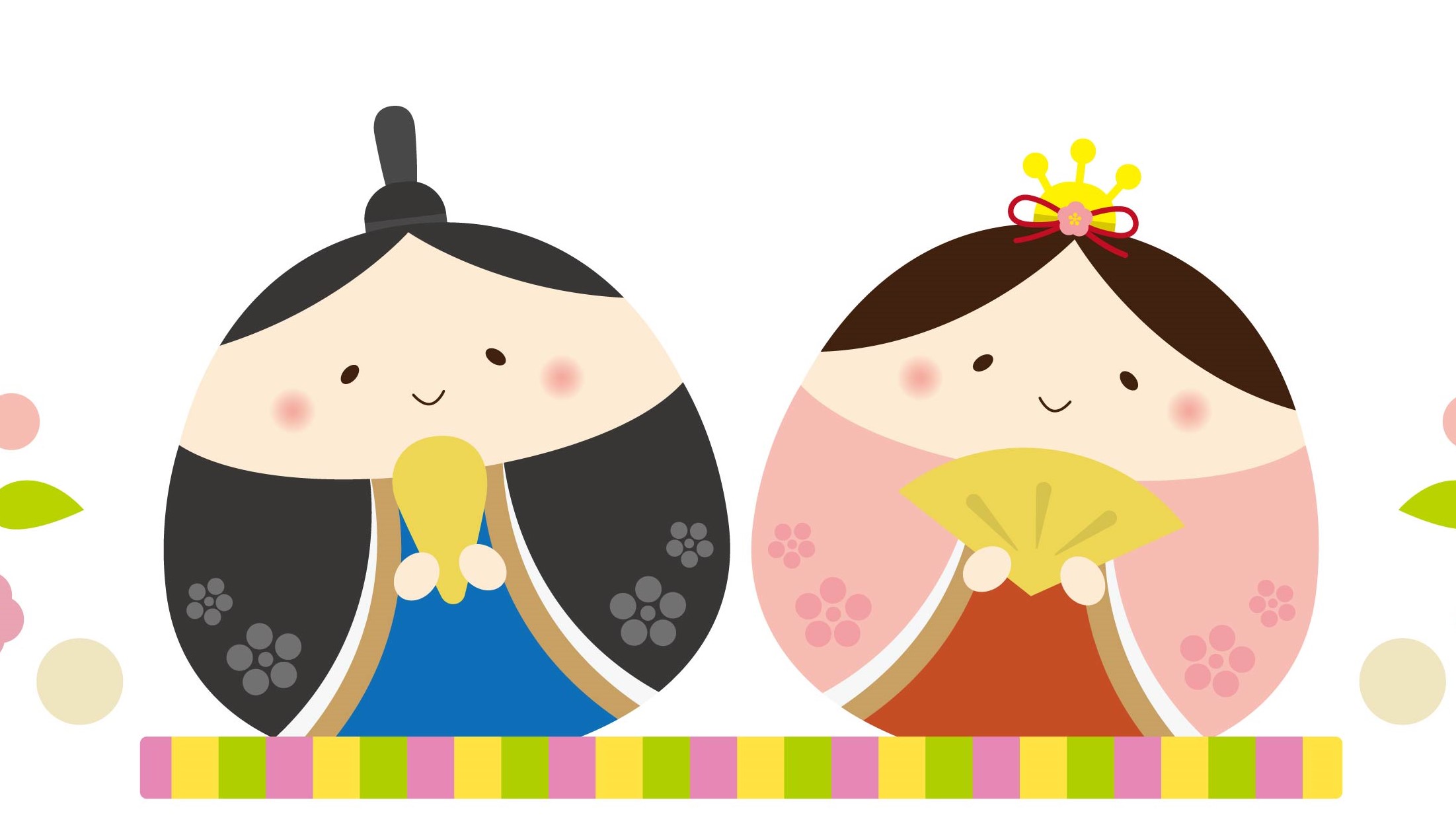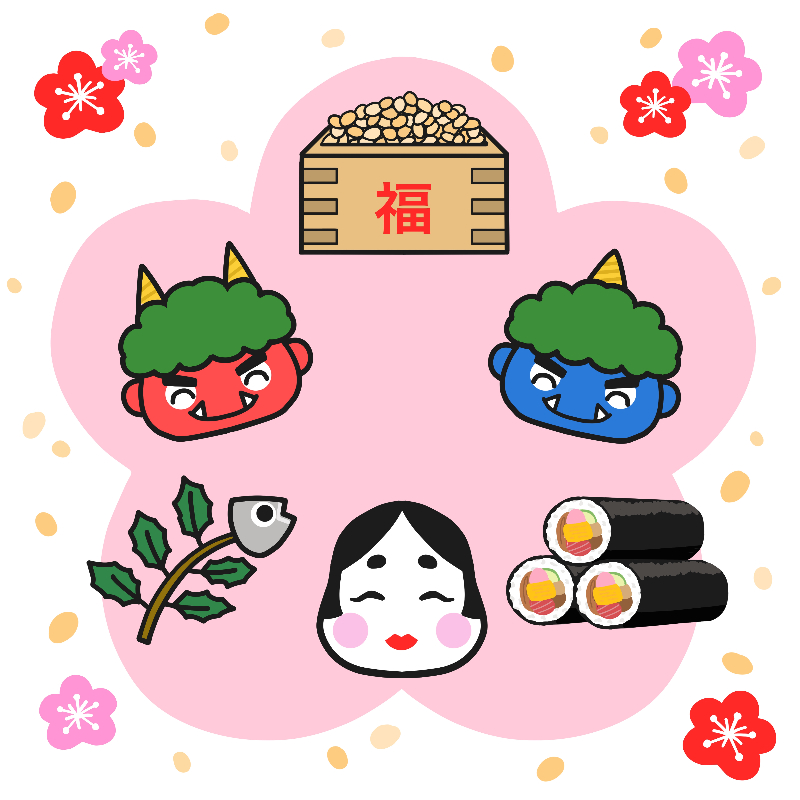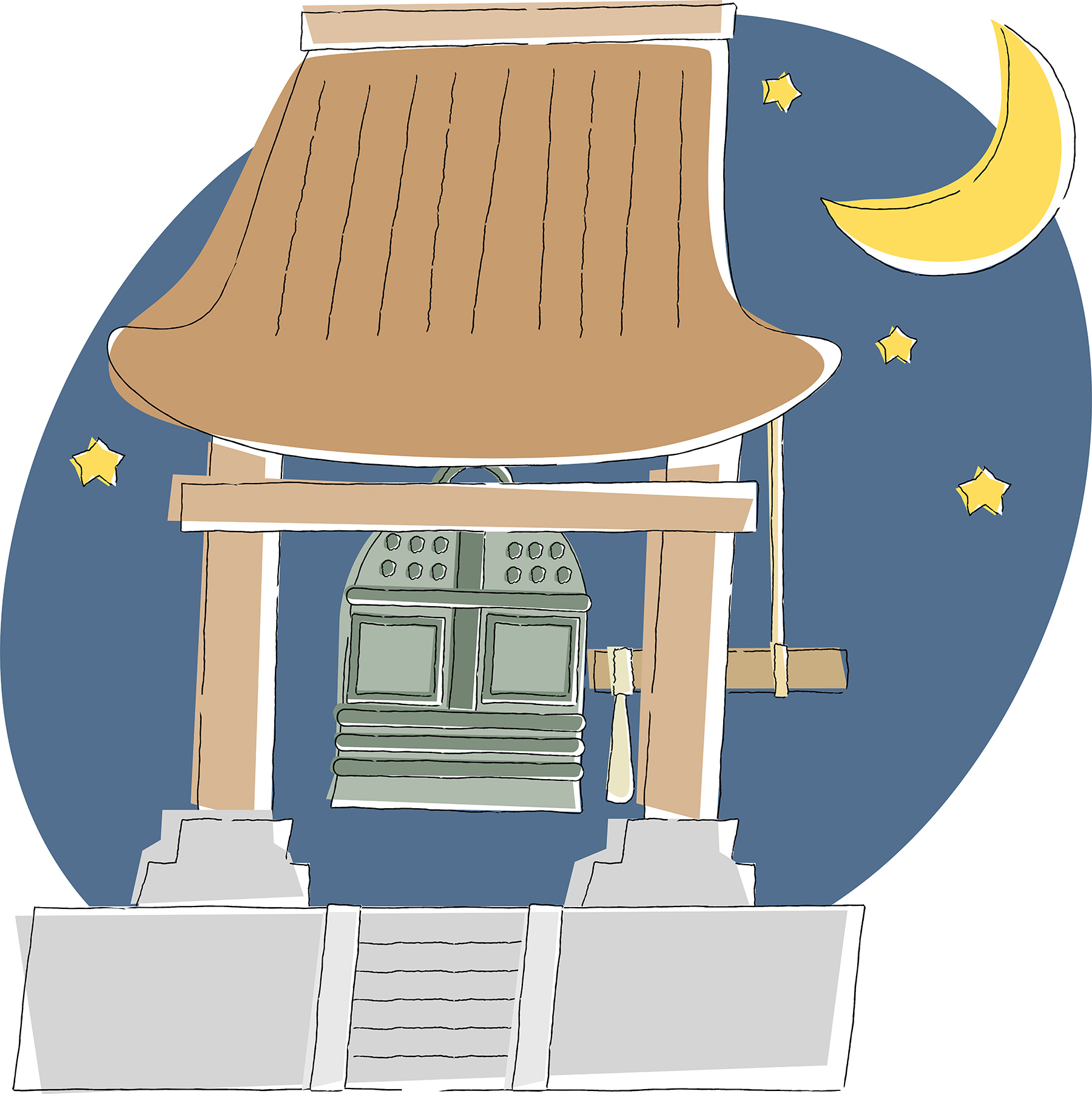
Sekai no Sakura -Cherry Blossoms around the World- Flipbook and Activity
To the Teacher
Students will learn about sakura, Japanese cherry blossoms, around the world while reading the digital flipbook. This digital flipbook is created in entirely Japanese script with supporting pictures to increase students understanding of the story. For the general sakura in Japan, please refer to our previously published flipbook (https://jpf.org.au/classroom-resources/resources/sakura/![]() ) for more information.
) for more information.
Students can access the book by clicking on the cover page on the left or by using the link below.
Nihongo flipbooks. Nihongo Flipbooks – Japan Foundation, Sydney (jpf.org.au) ![]()
Sakura in Cowra, Australia: Cowra Shire Council had planted 1988 sakura trees in 1988 commemorate a sign of peace and reconciliation with the Japanese people. Later on when Japanese prime ministers (Abe and Hashimoto) visited there, they planted sakura trees in addition to the originals. Nowadays they celebrate sakura festival every year in spring. (Reference: https://visitcowra.com.au/sakura-avenue#:~:text=In%201988%2C%20as%20a%20bicentennial,reconciliation%20with%20the%20Japanese%20people![]() )
)
Sakura in Washington D.C.: The gift of 2,000 sakura to the U.S. was made in 1909 as a symbol of friendship between Japan and the U.S. Unfortunately, all of them did not survive because of harmful insects. In 1912, another 3,000 sakura trees were presented and planted along the Potomac River. Many people and organizations dedicated to this to deepen the friendship for this historic gift.
Sakura in Berlin, Germany: In 1990, to celebrate the reunification of Germany, the Japanese TV station TV-Asahi called for a donation for planting of sakura trees after the fall of the Berlin Wall and they collected enough funding to buy 9,000 sakura trees. The best time to see sakura in Berlin is in late April. Most of them are dark-coloured double-flowered sakura called yaezakura. (Reference: https://www.berlin.de/en/tourism/insider-tips/5263242-5766508-cherry-blossoms-in-berlin.en.html![]() )
)
You can find more information about sakura around the world online. Please search more to find out more!
Pre-reading Activities
Teachers may ask students questions to activate prior knowledge (schema) and arouse their interest in reading the story about Sakura. See examples below.
E.g.
- Have you ever seen sakura? Where and when?
- Do you know if there are sakura in your country?
Comprehension Quiz (〇✕ )
Four suggested questions to check students’ understanding.
Are these statements “True (〇)” or “False (✕)”?
Q1: Sakura blooms in autumn. (Answer: ✕ – in spring)
Q2: You can see sakura other than Japan. (Answer: 〇)
Additional question: Then where can you see them?
Q3: Australia has sakura. (Answer: 〇)
Additional question: Where in Australia? – There are some other places in Australia where you can see cherry blossoms, such as Tasmania.
Post-reading Activities
1. “Sekai no sakura” (Cherry blossom in the world)
Students do some research and do presentation at the end about “sakura in your neighbor, in your country, or in the world.” Research questions are following.
e.g. Where are they? Why are they there? Were they given by someone/some other country or purchased for what purpose? Is there any events related to sakura? etc.
2. “To Build Friendship between countries”
Understand that sakura is sometimes given by Japanese organizations to build better relationship with other country. Talk about why sakura is considered as a good gift to other countries. Think about what you would gift to other country in order to build a better relationship and explain why you choose it.
Related Resources
Resource created by Hiroko Langdon (Feb 2023).










